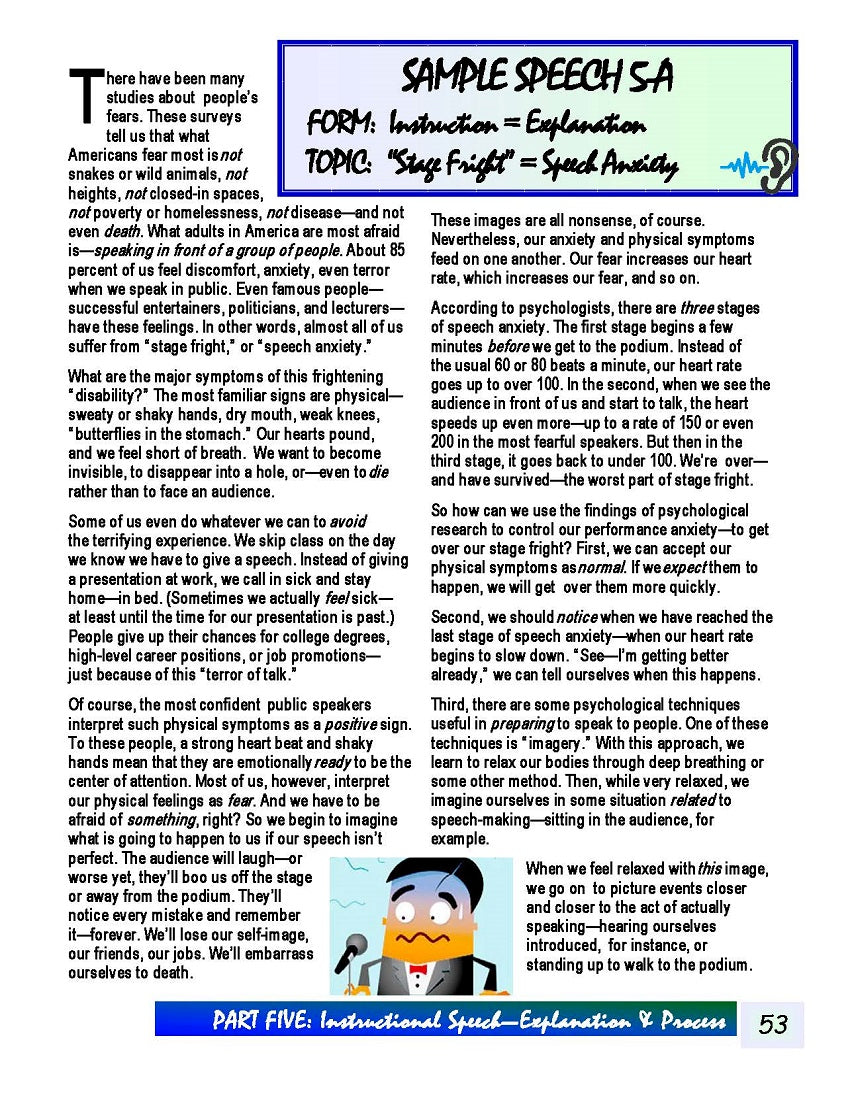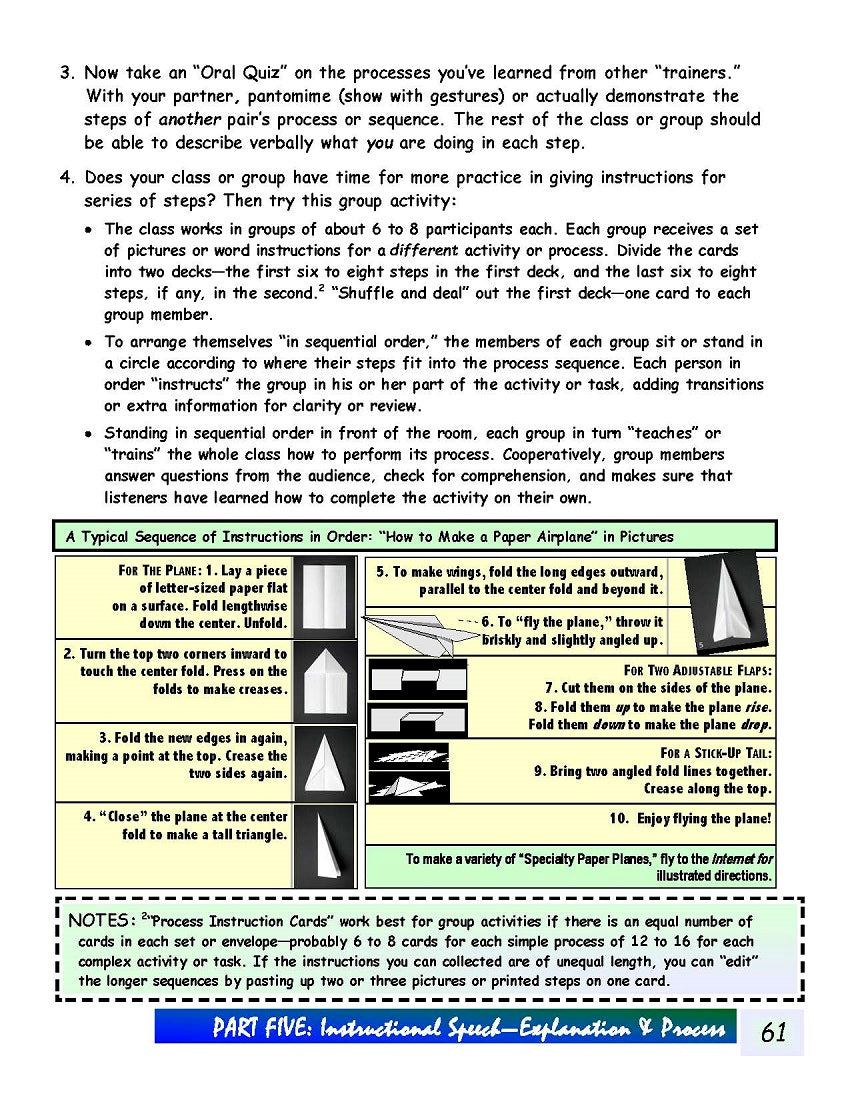Work/Life English
E-10.11 Understand & Find Out
E-10.11 Understand & Find Out
Part Five of Speaking: Oral Language Skills for Real-Life Communication = Instructional Speech (Explanation & Process), pages 51-62
12 pages
Who It’s For: (Teachers & Helpers of) Progressing Language Learners Who (Prefer to) Learn & Instruct Others (at School or Work & in Real Life) by Listening & Speaking
Why It’s Useful: “To be effective, the language of instruction should be clear, well-organized, and as brief as possible to get important points across. To instruct, teach, or train others, we need to adapt our speech to listeners’ levels of understanding or background knowledge or experience. We may have to simplify complexity. While presenting, we should check that our audience is “getting it” by following our logic or organization. . . [To do so,] We can ask specific questions, allow requests for repetition or clarification, and encourage commentary.”
Isn’t that “about it in a nutshell?” As in all the Parts of Speaking: Oral Language Skills for Real-Life Communication, each of which targets a different “type of real-life speech,” after pedagogy there’s material in three kinds of sections: Sample Conversations / Speeches, Oral Practice, and Mini-Speeches—labeled either 5A or 5B. First comes coaching in Speech-Making & Self-Improvement. Then come How-to Instructions in Sequence.
What You’ll Do:
[1] Begin by thinking of all the situations in which people hear or give explanation, instruction, or even encouraging advice. After reading (aloud) an introductory “lecture” on the Language of Instruction (Explanation & Process Description), listen to and enjoy Sample Speech 5A on “Stage Fright” (fear of speaking / speech anxiety). Check for comprehension. Having collected equivalent reading selections on health or self-improvement topics of interest, get Oral Practice 5A by participating in “the Expert Game.” Then get familiar with steps involved in preparing, delivering, & following up on your own presentations. Follow these steps with a topic you want to share your knowledge of. Learn from and react to everyone else’s talk, too.
[2] Sample Speech 5B not only gives advice on “How to Give a Really Good Speech,” it even includes an amusing anecdote (about speech making) to retell. Even if you yourself aren’t writing their content, actually “delivering” such addresses (not reading them aloud) is another way to practice your speech-making skills. So is Oral Practice 5B, which has participants in pairs “training” others by talking and showing them how to do something. And of course, Part Five culminates in Mini-Speech 5B, a last chance for text users to “teach” the class “How to Do Something Practical.”
Couldn't load pickup availability












